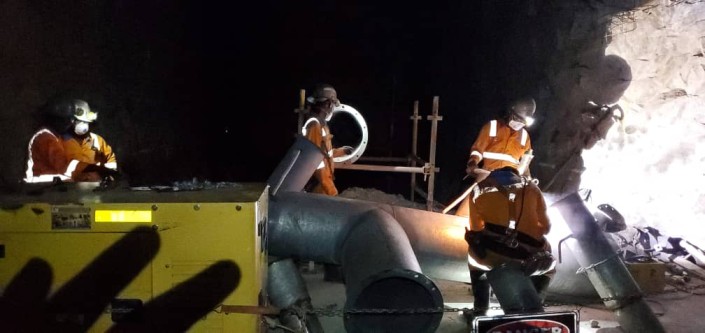Rubber lining is a **critical engineering solution** used to protect industrial equipment from **corrosion, abrasion, and chemical attacks**. It is commonly applied to tanks, pipes, valves, and other surfaces that are exposed to harsh environments.
Why is Rubber Lining Important?
Rubber lining offers **multiple engineering benefits**, including:
- 🛡 **Corrosion Resistance** – Protects metal surfaces from acids and chemicals.
- 🔄 **Extended Equipment Life** – Reduces wear and tear, improving durability.
- 📉 **Cost Efficiency** – Reduces maintenance and replacement costs.
- 🔇 **Noise Reduction** – Acts as an insulator, minimizing vibration and noise.
Types of Rubber Lining
Rubber lining comes in various forms depending on the application:
- 🌊 **Natural Rubber Lining** – High elasticity, excellent for water treatment plants.
- ⚗ **Neoprene Rubber Lining** – Resistant to oils, chemicals, and ozone exposure.
- 🔥 **EPDM Rubber Lining** – Withstands extreme temperatures and harsh environments.
- ⚙ **Butyl Rubber Lining** – Used in industrial tanks due to gas impermeability.
Applications of Rubber Lining in Engineering
Rubber lining is widely used in various engineering fields:
- 🏭 **Chemical Processing Plants** – Protects storage tanks from chemical damage.
- 🚛 **Mining & Material Handling** – Used in pipes, chutes, and conveyor belts.
- 🚢 **Marine Industry** – Coats ship interiors for corrosion resistance.
- 🚧 **Construction** – Waterproofing and soundproofing applications.
Conclusion
Rubber lining is an essential engineering technique that enhances the **longevity, efficiency, and safety** of industrial systems. By applying the right rubber lining material, industries can significantly reduce operational costs and improve equipment reliability.
